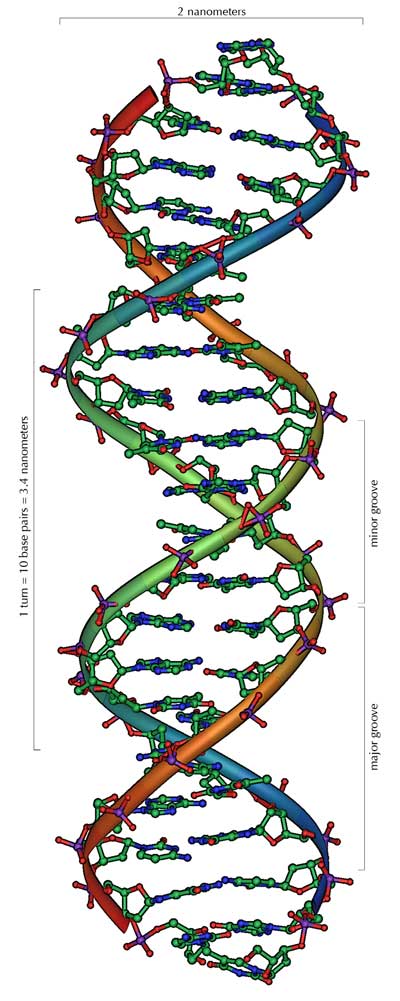Designer didn’t design junk

The term ‘junk DNA’ refers to those portions of the genome that have long been said to have no purpose. But a team of IBM researchers led by Dr Isidore Rigoutsos report that these ‘non-coding parts’ of the human genome actually contain patterns or ‘motifs’ which suggest an important functional role. In the Proceedings of the National Academy of Sciences they wrote: ‘These unexpected findings suggest potential unique functional connections between the coding and noncoding parts of the human genome.’1
In other words, as Rigoutsos told BBC News, ‘junk DNA may not be junk’ given he and his team found ‘a connection between a vast area of the genome we didn’t think was functional with the part of the genome we knew was functional’.2 Thus Rigoutsos was echoing even stronger comments by Prof. John Mattick of the University of Queensland in Brisbane, Australia:
‘the failure to recognise the implications of the non-coding DNA will go down as the biggest mistake in the history of molecular biology’.3
In the light of these findings, geneticists are acknowledging that the genome is far more complex than they had imagined. And why would anybody think there could be lots of ‘non-functional’ DNA in the first place? It derives from an evolutionary view of origins—see DNA: marvellous messages or mostly mess? and No joy for junkies.
In contrast, knowing that we’ve been designed would logically lead one to expect that all parts of the body have been made for a purpose. (Note though, considering we live in a fallen world (Genesis 3:14–19, Romans 8:19–23), it is possible that small parts of the DNA could be defective due to mutations. See Genetics—no friend of evolution and Mutations Questions and Answers.)
Re-featured on homepage: 26 August 2020
References and notes
- Rigoutsos, I., Huynh, T., Miranda, K., Tsirigos, A., McHardy, A., Platt, D., Short blocks from the noncoding parts of the human genome have instances within nearly all known genes and relate to biological processes, Proceedings of the National Academy of Sciences of the USA103(17):6605–6610, 25 April 2006. Return to text.
- Rincon, P., Salvage prospect for ‘junk’ DNA, BBC News, 9 June 2006, http://news.bbc.co.uk/1/hi/sci/tech/4940654.stm. Return to text.
- From a transcript of the ABC TV science program Catalyst, episode titled ‘Genius of Junk (DNA)’, broadcast 10 July 2003, 19 July 2006, www.abc.net.au/catalyst/stories/s898887.htm. Return to text.

Readers’ comments
Comments are automatically closed 14 days after publication.